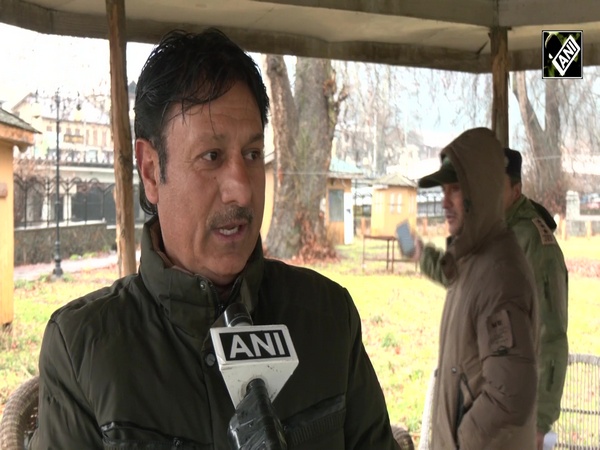Aaranyak installs signages to mitigate human-elephant conflict in Assam
Dec 05, 2024

Guwahati (Assam) [India], December 5 : Aaranyak, a biodiversity conservation organisation in India, installed 20 pairs of signages at strategic locations in Assam's Udalguri, Baksa, and Tamulpur districts during October and November this year. Supported by the SBI Foundation, this initiative aims to mitigate the risks associated with frequent human-elephant conflicts (HEC) in the region.
These districts host critical elephant corridors connecting habitats in Assam, Bhutan, and Arunachal Pradesh. However, human activities such as farming, road use, and settlement expansion often overlap these routes, creating zones of conflict. The signages are designed to raise awareness and promote safety, fostering coexistence between humans and wild elephants.
According to Aaranyak's official statement, the signages were installed following detailed planning and consultations with local communities, Elephant Conservation Network (ECN) members, and the Forest Department. They mark specific elephant crossing points identified through ground surveys, historical records, and real-time feedback from stakeholders.
To cater to the linguistic diversity of the region, the signages are designed in English, Assamese, and Bodo, ensuring accessibility for locals and travellers, including those from Bhutan. These signages serve as reminders to exercise caution in sensitive areas.
Scientific research highlights the effectiveness of such measures. Aaranyak stated that these warnings significantly reduce the likelihood of surprise encounters, vehicle collisions, and accidents, which could escalate into conflicts.
"Community engagement has been central to the success of this project. Aaranyak conducted awareness sessions and interactive discussions through IEC with local residents to explain the purpose and significance of the signages," the organisation stated in its release. It further noted, "These sessions emphasised how the installations could reduce risks, save lives, and protect livelihoods."
The press release also highlighted the involvement of the community in identifying conflict zones and understanding the utility of the signages, which has fostered a sense of ownership and responsibility among residents.
Aaranyak added that this initiative is part of a broader strategy to address the root causes of HEC. While signages alone cannot resolve the issue, they complement efforts such as habitat restoration, promotion of alternative crops, and livelihood programs aimed at reducing the impact of HEC on both humans and elephants.
Aaranyak's team, comprising Mondeep Basumatari, Abhijit Saikia, Bikash Tossa, and Pradeep Barman, led the installation process with active support from local residents.
By raising awareness, encouraging precaution, and protecting critical habitats, Aaranyak's efforts pave the way for coexistence between humans and elephants, ensuring a balanced and sustainable future.

















